Photography note: The photos in this post were taken on a recent trip to the north part of the island, about an hour & half drive from where we live. The southern part of the island is densely populated, but the northern part of the island is rural, with lots of beautiful, uninhabited beaches.
We’ve been in Okinawa for 4 months now.
In many ways it just feels like home. After a while, anywhere can feel like home I suppose.
A few surprising things about living in a foreign country, specifically Okinawa.
Everything is small.
The cars, the people, the roads (most of the roads have speed limits of 40-60 kmh, which isn’t very fast btw), the apartments/houses. Naturally, when you are limited on space you find ways to conserve. And the Japanese, particularly the Okinawans, are especially good conservationists. They put us to shame.
I know it’s a rather American philosophy to live “BIG.” The norm is: Huge houses (even if you think your American house is “small,” chances are, it’s quite big by Japanese standards); large gas-guzzling SUV’s (my little Japanese Mazda gets 45 mpg); & lots & lots of stuff to fill said cars & houses.
But living here has given me a whole new perspective on simple, intentional living.
In short—we don’t need all the crap we think we need.
One of the first things I noticed about living here is the lack of big box stores. There are no Costcos (sniffle), Targets, Wal-marts. There are some fast food restaurants—McDonald’s, A&W Burgers, & a few Japanese ones, but they are much less prevalent than what you’d find in the states.
The people here, as a generality (I know, it’s not really fair to generalize a whole population), are warm & welcoming. Their customer service is above & beyond anything I’ve experienced elsewhere (other than maybe the American south).
They love children.
There are community centers specifically for kids, everywhere. Public restrooms always have seats in the stalls for small children/babies (genius!). Their parks are incredible (I will post pictures sometime). When adults see a baby or child, they always interact with said child. There just seems to be a sense of wonder & awe & love towards kids. It’s refreshing to see such a child-loving culture.*
*Also, turns out American’s didn’t invent co-sleeping! The Japanese did! Or at least according to my friend, it’s quite normal for a child to sleep with their parents until they are 5 or 6. I myself, I’m good sleeping in my own bed, just me & the husband, but I did find that an interesting tid bit of information.
When I walk around my neighborhood, I see local surfers, scuba divers, & a few snorkelers.
My neighborhood, though people dense, is rather quiet. It is much safer here than anywhere I have lived in the states. The crime rate is very low. The kids play in the street & at the local park. All the neighborhood kids play outside together until it’s dark.
There are often Japanese construction workers, & on their lunch break I see them sitting cross legged in the shade eating their little bowls of rice.
And rice! Can we talk about rice??
Rice is EVERYTHING here.
You know what the Japanese words for breakfast, lunch, & dinner are?
Asa gohan (breakfast rice).
Hiro gohan (lunch rice).
Ban gohan (dinner rice).
The Japanese love their rice.
At the supermarket, whole aisles are dedicated to huge bags of different varieties of rice. Sushi rice (the short grain rice in the states known as “California rice,” seems to be the most popular). And brown rice? You can get it here, but you have to look hard. White rice is the staple. You could say it’s their (gluten-free) bread & butter.
The grocery store does have some processed food, but from what I can tell, their processed foods don’t have any (or very little) added sugar, fats, or artificial colors. There’s a lot (I mean A LOT) of varieties of seaweed, vinegars & sauces, noodles, rice, strange dried & fresh sea animals.
Butter, cream, cheese, nuts, processed meats (like hot dogs or sausage), & chicken are very hard to find here. They do seem to eat a lot of eggs (& sell the unrefrigerated kind) & of course, soy foods like tofu & natto (which I’m pretty sure I will never work up the courage to try).
Portion sizes of everything from what you’d buy in a grocery store to what you’d order in a restaurant are half the size of what you’d find in the states. Part of the reason for that is the average Japanese is half the size of the average American, but they also have smaller families here. The birthrate in Japan is currently at 1.3 (something their government is trying to improve). So buying in bulk (aside from rice), is somewhat of an anomaly here. I’m told they do have Costco on the mainland, but I have to wonder if their bulk looks the same as our bulk.
What I don’t see here:
Obesity. Crazy American politics. Stop signs.
The Americans here, are as a general rule, fit & trim (they have to be, or they will be kicked out of the military).
I have seen a few overweight Japanese people, but they tend to be older men who most likely are office workers. Obesity, even being overweight is so rare here, that when I do see it, it really sticks out.
As for the politics. Don’t get me wrong. I love America. I love democracy. I love how absurd we can be. But, with the political frenzy currently engulfing the U.S. (don’t even get me started on Trump!!), I’m kinda grateful I can live over here in somewhat of a bubble. I can completely stay away from news & politics if I so choose (which I mostly do, aside from listening to a few NPR podcasts & reading the news online every week or so),
And the stop signs.
Driving here is odd. We drive on the left hand side. The streets are narrow. People are very, very courteous drivers (I’m always so surprised by this!). And, most unusual, is the lack of stop signs in neighborhoods (they do exist on busier roads). I guess they assume people will just brake before an intersection.
Regarding shopping, I do most of my shopping on base at the commissary. Mostly because it’s the most economical (I can use coupons & the commissary, aside from the produce, sells stuff for 30% lower than what you’d find in a typical American grocery store).
I do some shopping at my neighborhood grocery store for some of favorite Japanese products (oil-free dressings, vinegars, sauces, tofu, noodles, seaweed). And finally, I shop for nearly all my produce at vegetable stands where I can get in season produce for cheaper than I could in the states. The only drawback of eating seasonal & local produce is that it does get quite repetitive. We eat a lot of bananas, peppers, onions, carrots, & cabbage. There are lots of Japanese vegetables, & some fruits (though they don’t get a wide variety of fruits here) that I don’t know the name for, & haven’t yet gotten around to trying.
I have definitely picked up the Japanese rice habit & I eat rice every day. I sometimes even eat it for breakfast!
We’ve gone out & tried some of the local food.
There are a few amazing small digs in our neighborhood that have some of my favorite dishes—ever. (They know how to make the most A-mazing cabbage salads here.)
Of course, the local diet is more plant-based than other places, but they do put fish into most of their dishes. The thing is, it’s used as more of a garnish (like 1 TBS. for the whole dish). I’ve managed to work around this for the most part, & have been able to try some awesome vegetarian sushi, miso soups, & rice/vegetable dishes.
The one puzzling thing to me is how many people smoke.
It’s quite common to see people smoke pretty much anywhere you go. This comes as a bit of a culture shock because most public places in the states now have banned smoking. Okinawans are known for their longevity—perhaps all the sunshine, minimalist lifestyle, & good food cancels out some of the ill effects of smoking? Or maybe there are in reality few people that actually smoke, it just seems like a lot because they can smoke anywhere, including public places.
One last thing.
I’ve been doing my best to pick up some Japanese.
I started learning pretty much at the same time I learned we would be moving here this past February.
(I have purchased lots of books, apps, posters, flashcards, attended several classes, including a current twice a week 10 week course that I’m taking now—hopefully something will sink in.)
It’s not an easy language when you’re coming from English. Japanese has virtually NO, none, zip, zilcho similarities to English (unlike other Latin-based languages). It uses a totally different set of writing systems (I have learned how to read both hiragana, katakana, & a few kanji, so that’s something).
Despite living in a Japanese speaking country, I’m finding it much more difficult to actually learn it than you might think. In addition to the language being completely foreign in every (I mean every) way, it’s not as if most people are eager to teach it to you, or practice with you, at least in my experience.
A lot of locals speak some English, & if they don’t, they tend to smile & nod but keep to themselves–unless I’m accompanied with one of my kids & then they want to exclaim over & over—“kawaii ne!” (he/she’s cute!).
Also, there are a lot of Americans here!
That’s the obvious reason for why most people don’t bother to learn more than “konnichiwa” when they are stationed here. It’s easy to live a cozy little American existence here, but I’m determined to try & go beyond that. Living off base & having a few Japanese friends helps with that.
What more would you like to know about life here? What pictures would like to see? It’s hard to know what might be interesting to you or not, since now everything has become pretty normal & commonplace to me, but if you give me some suggestions I’ll do my best to share more of Oki-life here!
Other bring joy posts you might want to read:
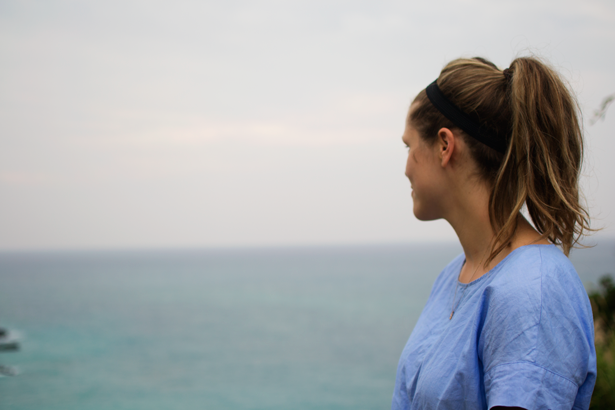
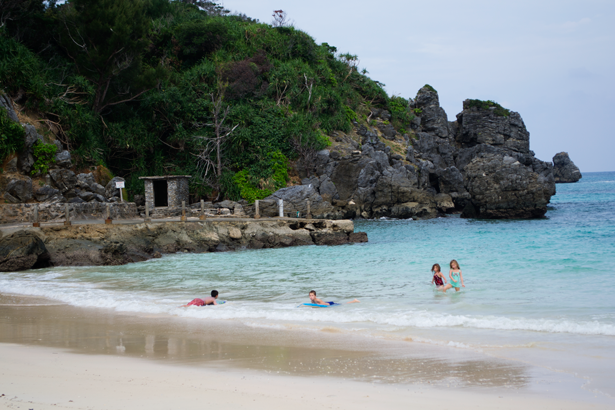
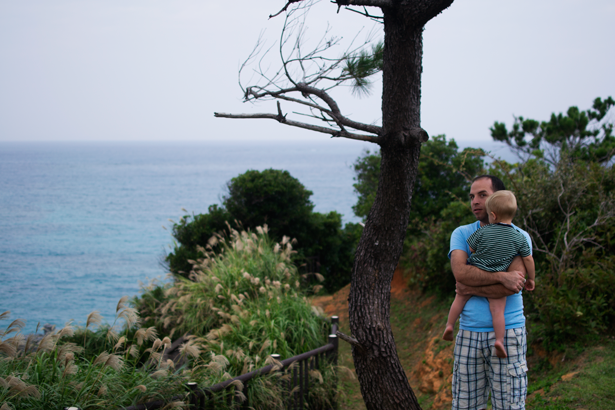
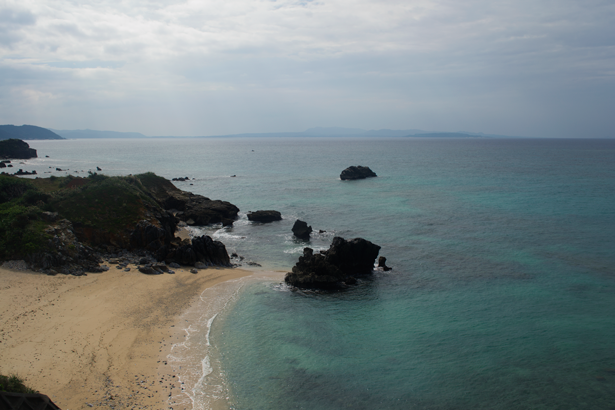
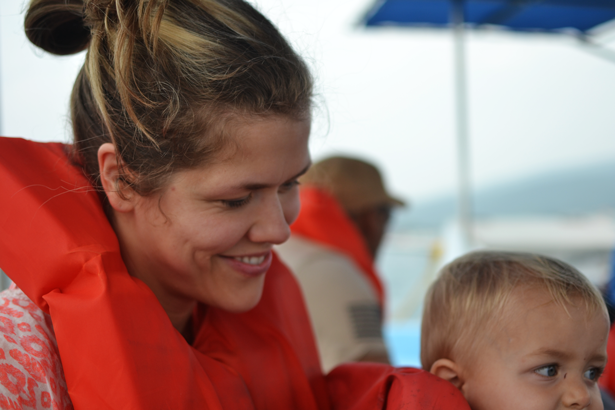

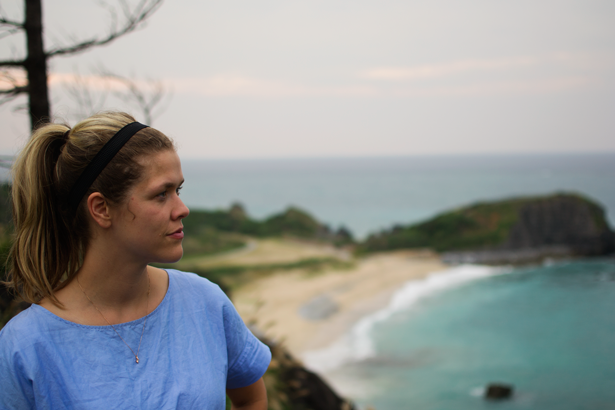
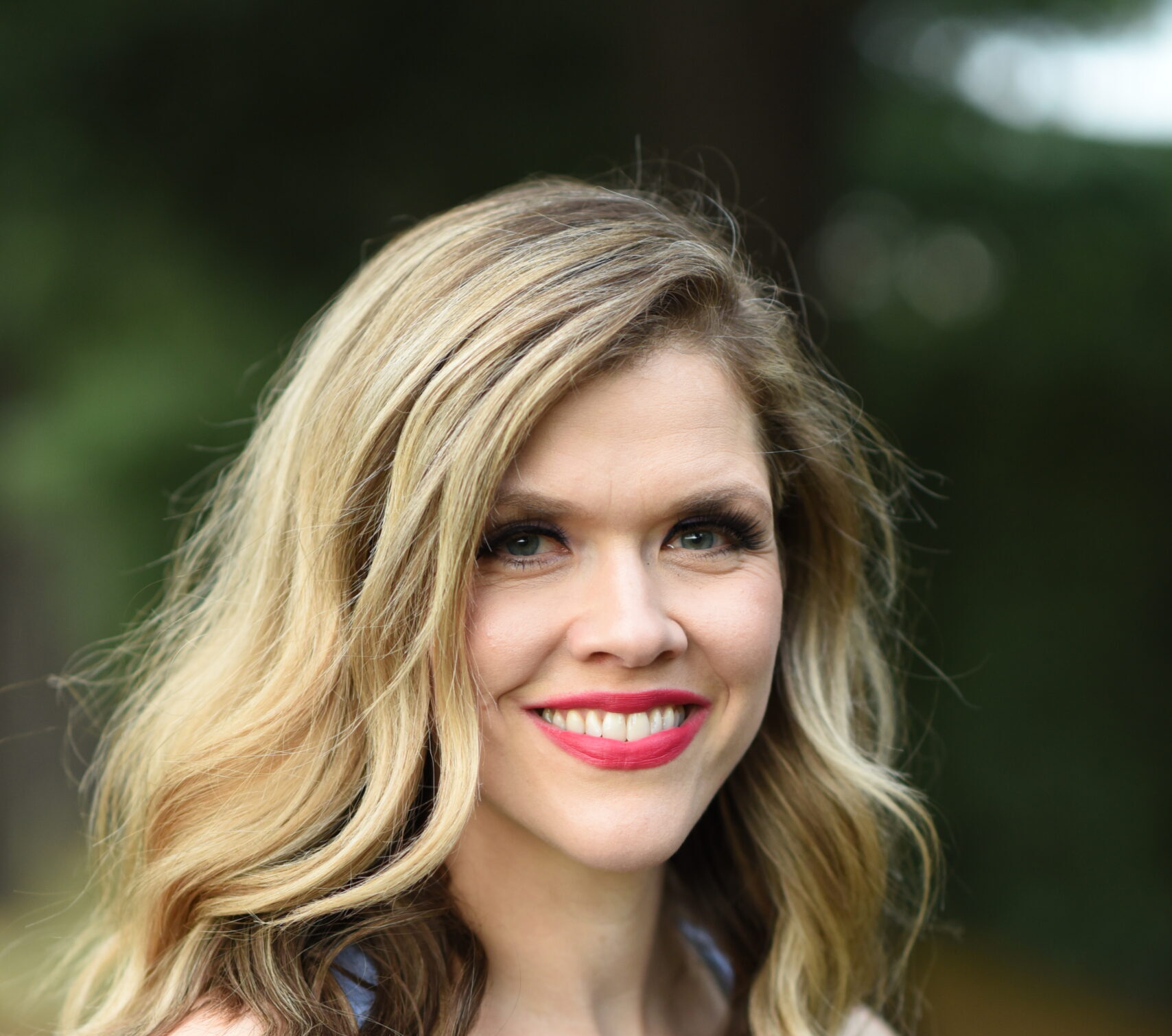


Comments